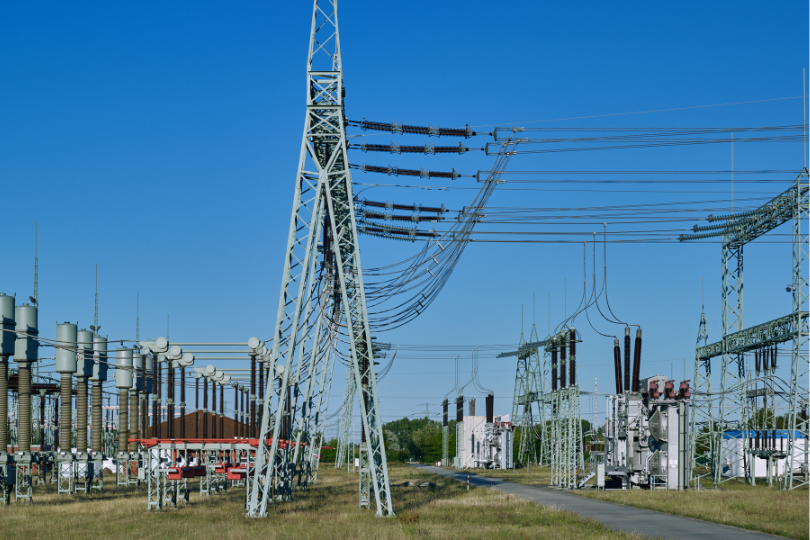What is LILO (Line In Line Out) in electrical transmission systems?
LILO, an acronym for Line In Line Out, plays a crucial role in managing Extra High Voltage (EHV) substations. This method is employed when the need arises to insert a substation between two existing substations, especially when dealing with transmission lines passing in proximity to a substation or generation station.

The LILO System
When it comes to tapping a transmission line efficiently, the LILO system proves to be a valuable technique. This system requires the allocation of one bay for the incoming line and another for the outgoing line. The inherent flexibility of the LILO system allows for seamless power draw or addition based on specific operational requirements. It facilitates both import and export of power in either direction, responding promptly to instantaneous demand.
Key Components of LILO
In the LILO system, the core components include the bay for the incoming line and the bay for the outgoing line. These bays are strategically designed to manage the flow of power efficiently. The incoming line bay handles the reception of power from the transmission line, while the outgoing line bay manages the export of power to the desired destination.
Operation
The LILO system operates by dynamically adjusting the flow of power, ensuring a balance between import and export based on the immediate demand. This dynamic nature allows for quick and effective response to fluctuations in the electrical grid, ensuring stability and reliability in the overall system.
The deployment of LILO becomes particularly crucial in EHV substations, where the demand for power is substantial, and efficient management of transmission lines is paramount. By inserting a substation between two existing ones, the LILO system optimizes the overall functionality of the electrical network.
Grid
LILO not only provides a method for tapping transmission lines but also contributes to the resilience of the electrical grid. The ability to handle power in both directions, coupled with instantaneous response to demand, enhances the grid’s capacity to adapt to varying conditions, preventing overloads and minimizing downtime.
In electrical systems, LILO arrangement emerges as a versatile and indispensable tool for managing transmission lines and optimizing the operation of substations.
what is difference between single circuit LILO and double circuit LILO